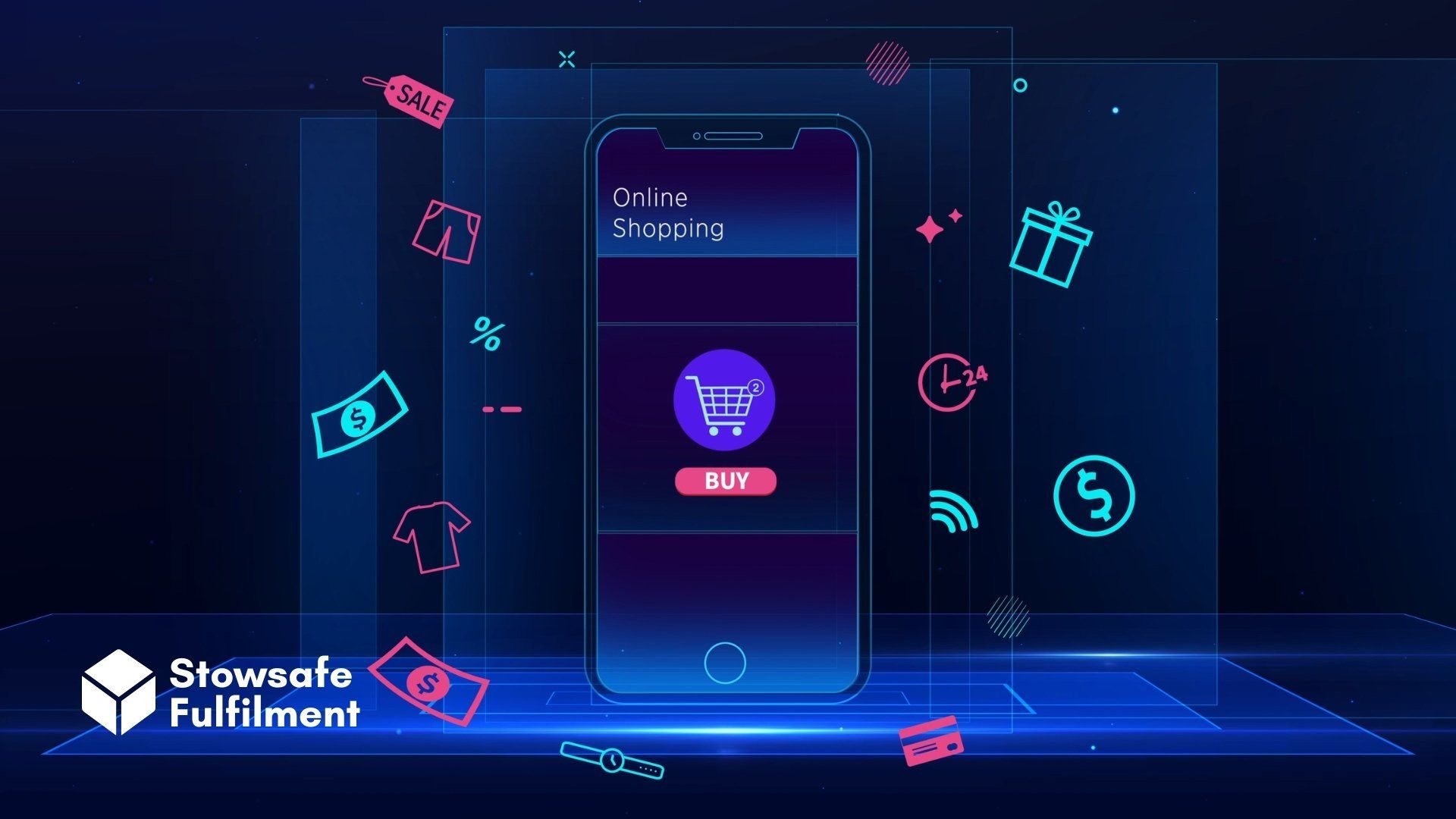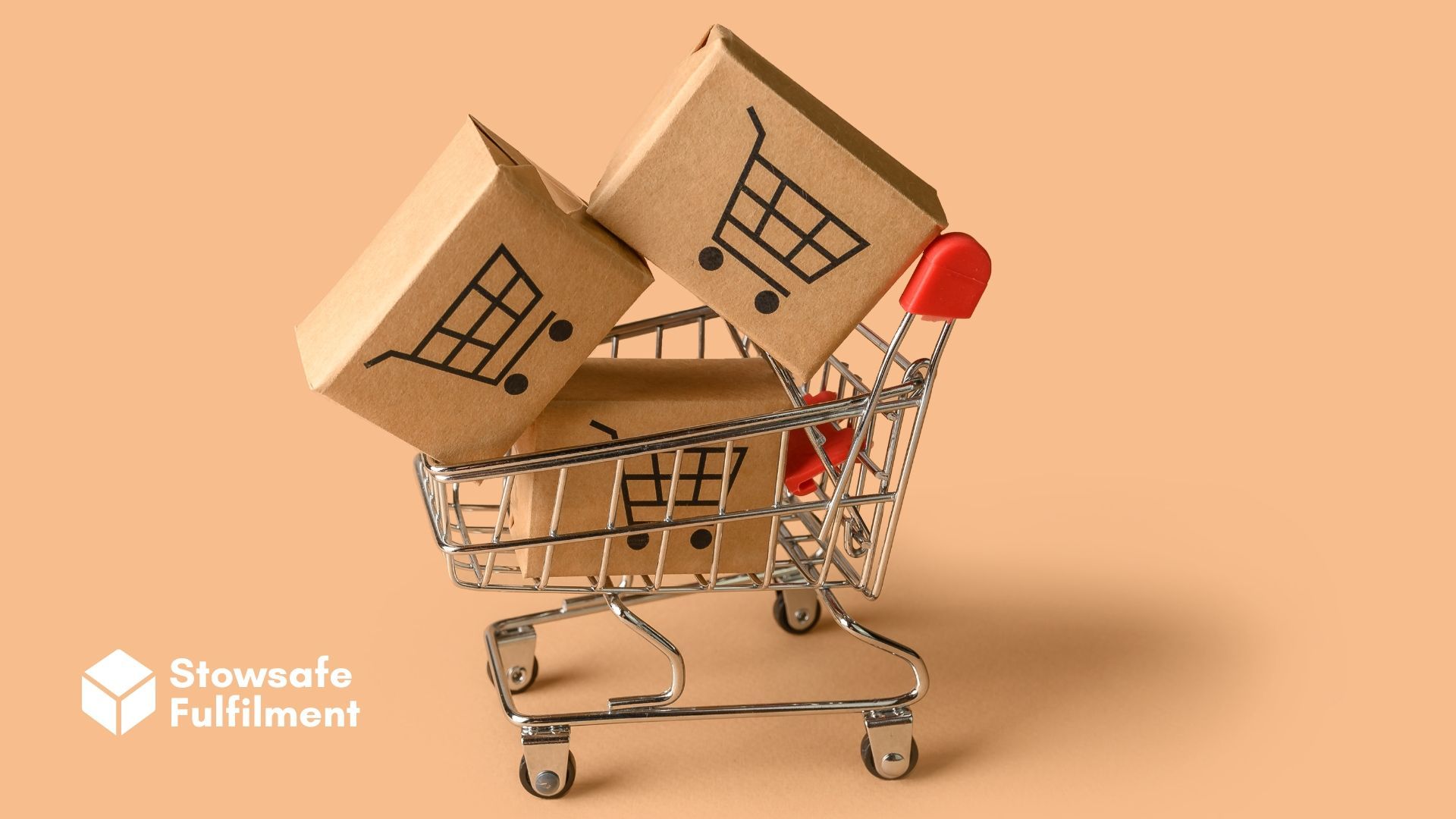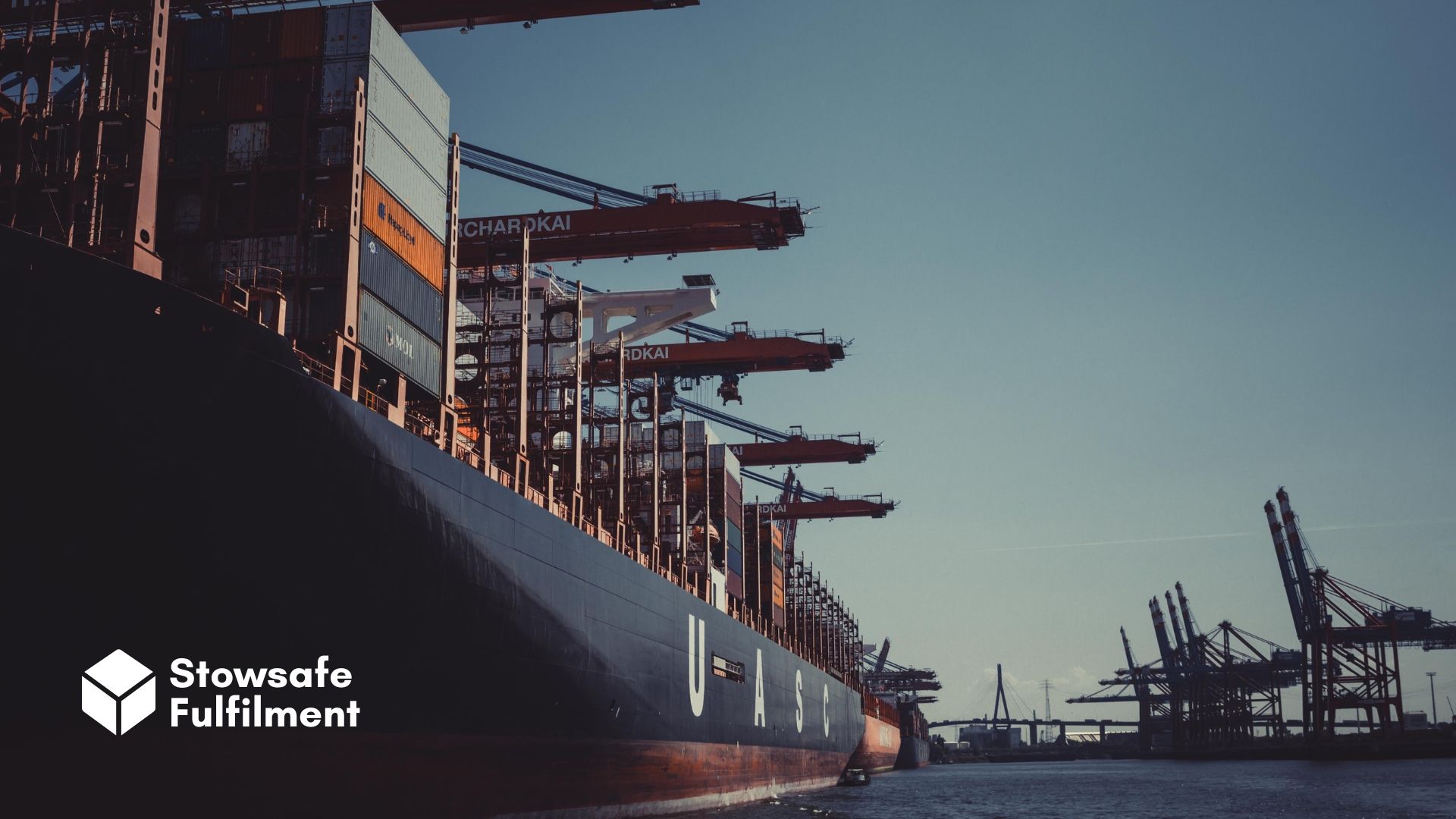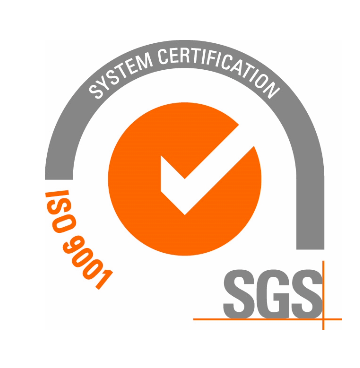Sequels are often disappointing, but Magento 2 is a notable improvement on the original. Learn what's changed in our guide.

If you're a Magento 1 user and you're reading this, you may be wondering whether or not you should migrate to Magento 2 and how it's going to improve your business practice.
You may be daunted by the migration process and need more convincing about the benefits of moving.
We'll go over all the key areas when considering the move. If you're new to Magento, stick around. Who knows? You might be running an online store by the end of the week!
What is Magento?
Let us set the scene. Magento is an open-source eCommerce platform that provides eCommerce functionality for your online store. Launched in 2008, the platform quickly became one of the top eCommerce solutions on the market, allowing users to design and customise their online store and build additional functionality through third-party plug-ins.
The great thing about Magento 1 was its scalability and versatility. Whatever size of operation you were running, Magento's open-source software could help you adapt to the growing demands of your business while enhancing the customer experience.
What's new… Magento 2?
Software updates are pretty common, but Magento 2 was a wholesale rebuild of the original. In 2015, the new version was released and Magento 1 and 2 ran simultaneously.
Many users of 1 migrated, but a large number remained. Not surprisingly, some of us don't like change. But as a wise man once said – "Magento 2 is just better!"
So, what are the advantages of Magento 2 over 1? Let's dive in.
Security and support
In June 2020, technical support for Magento 1 officially stopped. This poses a significant threat to customer data, exposing it to cyber-attacks and potentially damaging the reputation of your business..
Because of the lack of technical support, you'll be responsible for maintaining an ageing piece of software with increasingly limited functionality as third-party developers focus on software support for Magento 2.
Migrating to Magento 2 will give you peace of mind as significant improvements have been made to the security and architecture of the software. You'll benefit from the latest security plug-ins developed for Magento 2 and regular security patch updates which can be manually integrated through the command line.
Performance
A key difference between versions 1 and 2 of Magento is speed and performance. Magento 1 had many performance issues that have been ironed out with the update. Loading times have been cut by 50%, in large part due to the advantages offered by PHP 7+ – the scripting language used by Magento.
Magento 2 can process 40% more orders per hour than its predecessor and enjoys a much-improved checkout time. Faster loading times mean customers are less likely to abandon their carts and your conversion rate may increase.
Mobile shopping
This extra horsepower has helped improve the mobile shopping experience – a key feature that was let down by Magento 1's clunky interaction with mobile platforms. Considering almost 40% of online sales are made via mobile, this is kind of a big deal!
Developers have optimised Magento 2 for mobile, creating a responsive and smooth shopping experience. In addition, they've included progressive web apps so businesses can create unique mobile apps for their customers through Magento 2.
Extensions
Extensions in Magento 1 could be a frustrating affair, often getting in each other's way and fighting for priority. This caused some usability issues and would often take time to resolve. Magento 2 fixes this problem by allowing extensions to overlap.
Installing extensions is less fraught with potential compatibility issues so users can buy an extension and feel confident they won't be wasting money.
Dashboard
The dashboard of Magento 1 wasn't particularly user-friendly and has seen some welcome improvements in the sequel.
It's not all roses, however, as the setup is not as straightforward as some may have wanted. Overall, though, it's considered a huge step up from Magento 1. On the Magento user panel, you can expect to see features such as:
- Lifetime sales
- Average orders
- New orders
- List of top search terms
- Last search term
- Income tax breakdown
- Bestsellers
These automated ledgers help you take control of your business and understand your customers. Magento 1 included some of these features but was let down by a messy, unresponsive panel.
SEO functions
Magento 2 has improved its out-of-the-box SEO (search engine optimisation) functions. There are still improvements to be made but nothing that a third-party plug-in can't solve.
Whereas Magento 1 included many of the SEO features found in Magento 2 – things like SEO-friendly URLs – it didn't allow for custom settings like canonical tags. Also known as canonical URLs, these are URLs that you can flag as priorities for search engine results.
Payment gateways
Many customers will have preferred payment methods, either through loyalty or trust built upon habit. It's important, therefore, to be able to integrate as many trusted gateways as possible into your checkout.
In Magento 1, support was provided for most payment gateways, but additional integration required third-party plugins. Users wanting to satisfy all comers would have to weigh down their store with extensions, which could lead to slower loading times.
Instead, Magento 2 has sidestepped this issue and supports a wider range of fully integrated payment gateways including:
- Stripe
- PayPal
- CartaSi
- Braintree
- EBizCharge
- WorldPay
- SagePay
- 2Checkout
So should I migrate to Magento 2?
Here are a few things to consider before you do.
Because Magento 2 has been rebuilt from the ground up, migration from Magento 1 can be slow. And while your store is migrating, your Magento 1 store will suffer. Some of you may find the adjustment difficult, but once you're set up the pros outweigh the cons.
Ultimately it's up to you, but we think you should make the jump! Magento 2 is a far superior product and a safer option for your business. In the end, all unsupported software meets the same fate – the bugs get 'em!
If you're using Magento, why not consider Stowsafe for your order fulfilment? Stowsafe's warehouse management system integrates seamlessly with Magento. We'll take care of orders so you can focus on growing your business.
Learn more about our
Magento fulfilment services today.
All Rights Reserved | Stowsafe Fulfilment














